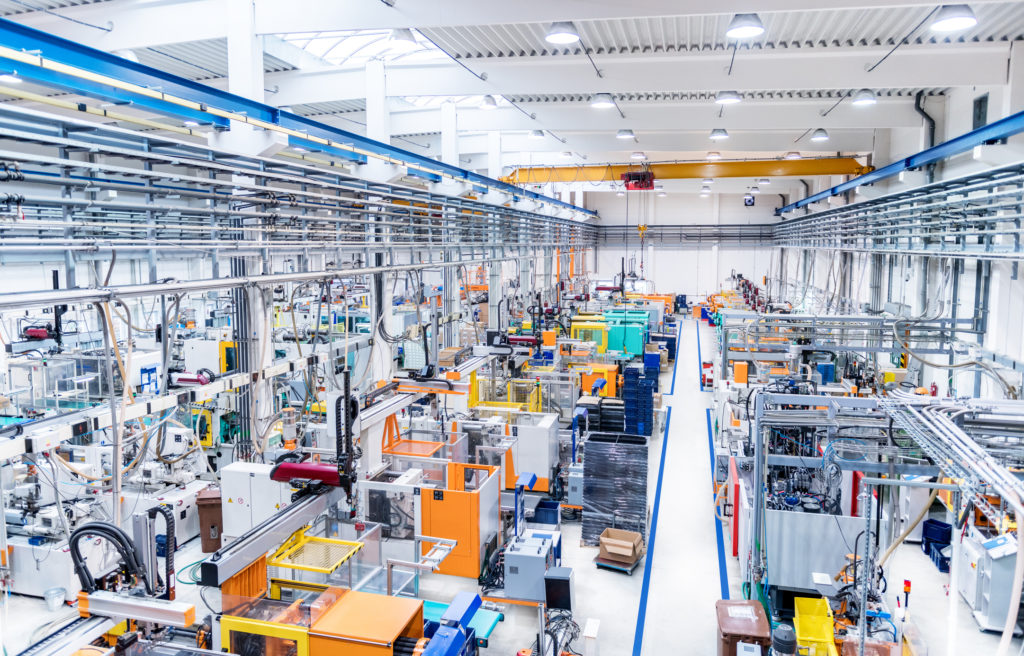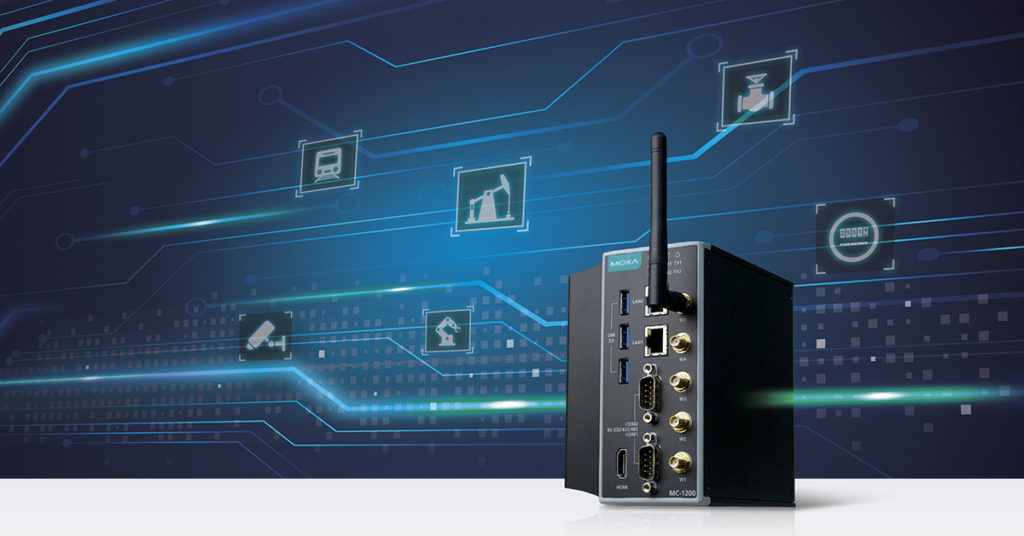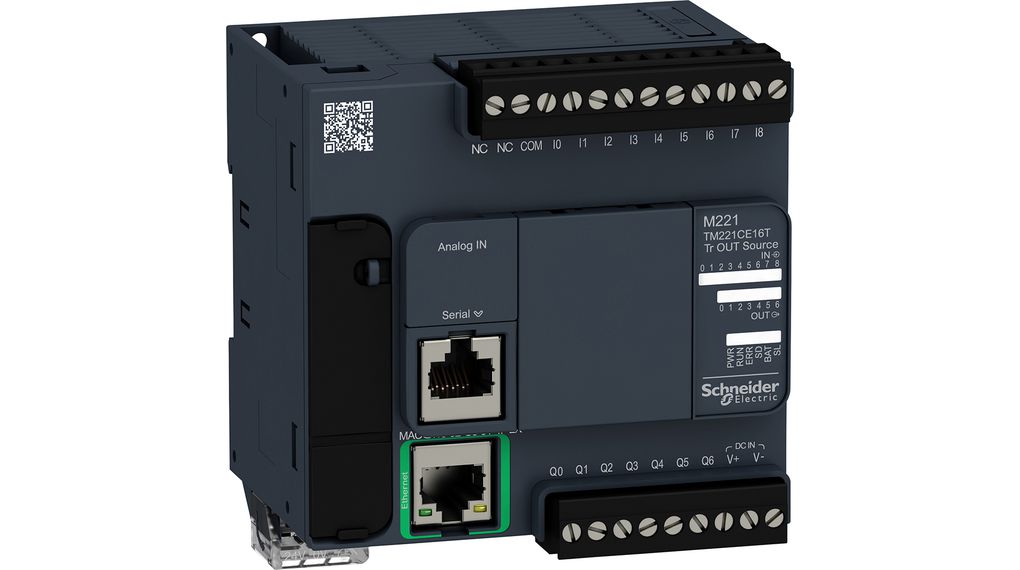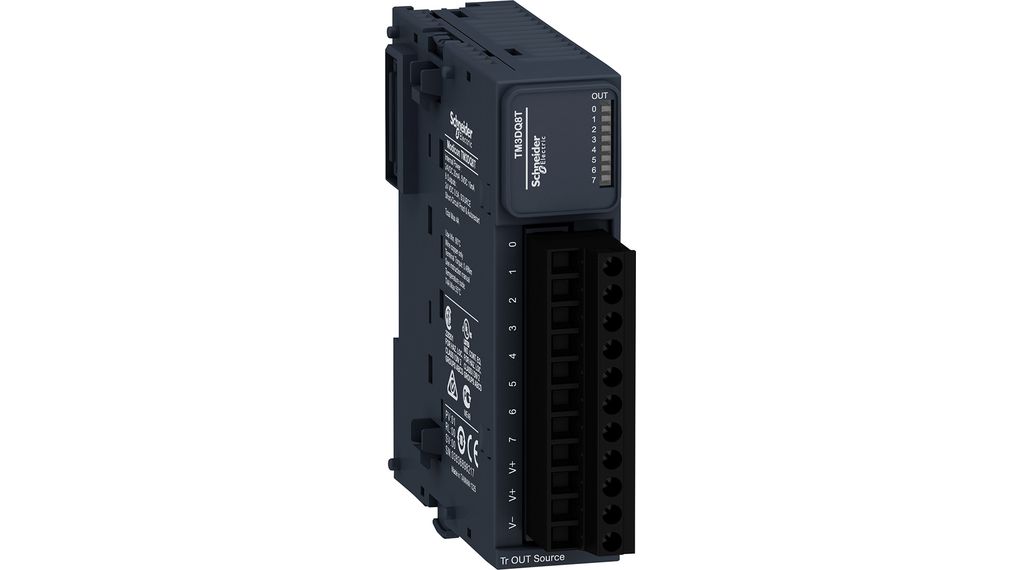Smart manufacturing (SM) is a technology approach that requires Internet-connected machines to monitor the production process in real-time. The main objective of SM is to identify opportunities for automating operations throughout and use data analytics to improve performance.
The addition of the industrial internet of things (IIoT), artificial intelligence (AI) and Edge computing have been a significant factor in accelerating the growth and expansion in many manufacturing industries in the last ten years.
Factories are becoming, without a doubt, more intelligent, more efficient, cost-effective. This results in increased manufacturing capacity and delivery of excellence in service to its customers.
The IIoT vision of the world is one where smart connected assets (the things) operate as part of a larger system or systems of systems that make up the smart manufacturing enterprise. The “things” possess varying levels of intelligent functionality, ranging from simple sensing and actuating, to control, optimization and full autonomous operation.
John Conway is Schneider Electric’s VP for Strategy & Partnerships

Traditional manufacturing processes developed when mass production focused on the economy of scale and machine utilisation. The idea behind this was that if a machine was idle at any point, it was potentially losing money, so companies kept them running continuously.
To achieve customer satisfaction which was the core focus for many companies, traditional manufacturing companies made extensive inventories available to fulfil any potential orders with ease, resulting in increased profits. The consequence of operating using this method is that these companies have to keep their machines running with specific setup and configurations for as long as possible to reduce the costs of making the parts.
This operation style is known as batch-and-queue processing. Mass production manufacturing approach is where the goods are processed at one stage of the manufacturing process and moved to the next stage, whether needed or not, and wait in a queue. This method, if not managed correctly, could cause substantial bottlenecks at any stage of manufacturing.
This traditional approach to manufacturing isn’t very efficient for several reasons, such as:
Machine setup times are typically much longer. Setting up a machine will ultimately lead to machine downtime, resulting in lost production time, which can have enormous consequences in mass production.
Quality will be a significant factor in any manufacturing process. With the traditional mass-producing method, batches with quality issues will not be noticed until it reaches the following process. The work then has to be done again, which ties up further resources and incur costs and delays.
Smart manufacturing is primarily designed to automate a lot of the processes and address these issues in traditional methods. It is seen as a collaborative way to fully integrate a manufacturing system that can respond and adapt its resources in real-time. With conditions that can be ever-changing and the demands on a factory in the supply network, smart manufacturing is the ideal solution whilst keeping the customer at the focal point.
Intelligent manufacturing aims to improve the manufacturing process using a technology-driven approach that combines IoT machines to monitor the production process in real-time. Smart manufacturing allows companies to identify opportunities for automating manufacturing processes and use data analytics to improve performance.
Advantages and disadvantages of smart manufacturing

Smart manufacturing offers several benefits, such as improved efficiency, increased productivity and overall cost savings. In a smart factory, productivity is continuously improved, increasing the output capacity. Suppose a particular machine is slowing down production or a quality issue arises. In that case, intelligent factories will highlight the issue using AI software systems and work out a resolution to fix the issue. These types of systems offer way more flexibility than you can imagine.
When we talk about improved efficiency, the initial savings come directly from the reduced downtime of machines. Modern machinery in a factory generally has many sensors and diagnostics that can alert operators if an issue or potential issue may occur. Combine these machines with advanced AI technology, and you can highlight problems before they happen and take the appropriate actions. This is known as predictive AI.
The biggest downside with smart manufacturing is by far the initial investment of implementing an intelligent system. Some small/medium size companies cannot simply take the risk of introducing technology unless there is long term growth.
If companies can overcome the initial cost, then the biggest hurdle in implementing technology within manufacturing is installation. These types of systems can be very complex and must be fine-tuned to suit the needs of manufacturing. If the system is poorly run or requires constant tweaking, then this could potentially eat into profits.
Smart manufacturing enterprise
While the long term impact of IIoT is at times difficult to predict, three distinct operational environments will set the stage for the smart manufacturing enterprise to emerge.
Smart Enterprise Control – IIoT technologies will enable tight integration of intelligent connected machines and smart connected manufacturing assets with the broader enterprise. This will facilitate more flexible and efficient, and hence profitable, manufacturing. Smart enterprise control can be viewed as a mid-to-long-term trend. It is complex to implement and will require new standards to enable the convergence of IT and OT systems.
Asset Performance Management – Deployment of cost-effective wireless sensors, easy cloud connectivity (including WAN) and data analytics will improve asset performance. These tools allow data to be easily gathered from the field and converted into actionable information in real-time. This will result in better business decisions and forward-looking decision-making processes.
Augmented Operators – Future employees will use mobile devices, data analytics, augmented reality and transparent connectivity to increase productivity. As fewer skilled workers are left behind to man core operations due to a rapid increase in baby boomer retirement, younger replacement plant workers will need information at their fingertips. That information will be delivered in a real-time format that is familiar to them. Thus the plant evolves to be more user-centric and less machine-centric.
Cyber Security

The arrival of IIoT is accelerating the need for cyber security in industrial systems, more so where there is sensitive data. Due to the complexity of IIoT, it means that security must be a feature that is not only at the software level but built into the hardware and components that make up smart control systems.
The approval of security standards with certification will also be vital to the growth of IIoT. It will ensure that the security is not only for individual parts but integrated into a much extensive system.
The adoption of certification means that certain elements within a system will ultimately be critical components. The components will be combined securely by security experts and be operated in a secure system.
Technological components leading the IIoT transformation

IIoT is softening the edges between physical and virtual components. This is allowing more flexible models of accessing processes and machine data – circumventing traditional automation architectures and gaining access to more user-friendly, mobile systems based on IoT standards.
Whilst collecting data is a vital aspect of IIoT, this single aspect alone will not allow manufacturers to reach the full potential of IIoT. Other components within IIoT also need to be considered:
- Edge computing to collect data, display relevant information and forward the data to the cloud for more advanced analytics
- Application and services to analyse data.
- Open standards to allow a more uniform approach to connected devices of different manufacturers
- Smart devices that are IIoT ready will feature an advanced sensing system that can create data at the first point of data analysis reducing the over computation load further down the line.
Designing smart connected devices for IIoT requires natively featuring internet technologies such as Wi-Fi, Ethernet, and web services. Without these technologies built-in into the core specification of smart devices, the industry wouldn’t grow.
An edge gateway will collect data from various sources and deliver real-time information to the right people at the right time. Edge computing is vital in an IIoT system. It can deliver and process data in real-time to the user on the factory floor before it gets sent to the cloud system for further analysis.
It also facilitates value-added services independent of the control system. The edge gateway ensures a high level of performance and connectivity to address the critical needs of the IIoT platform.
Digital applications and services are critical to end users achieving the business performance as promised by IIoT. Simple data collection must be extended to include analytics that delivers valuable business information. Examples of such applications and services include:
- Installation optimisation.
- Asset management and protection.
- Condition-based monitoring.
- Augmented reality applications and OEE calculation.
Recommended Products
Programmable Logic Controllers, TM22, Schneider Electric

I/O Modules, TM22, Schneider Electric

Sources:










